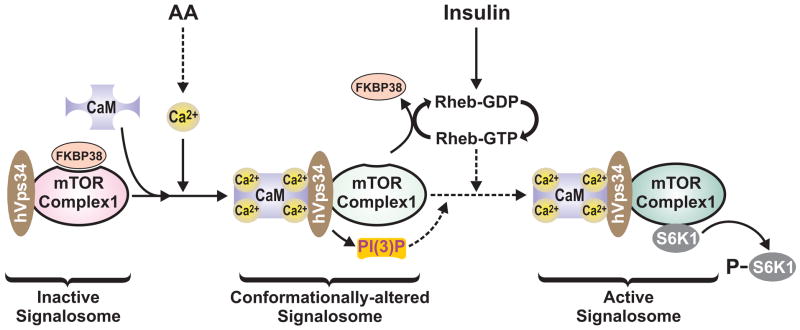Figure 7. Model depicting the role of AAs in regulating mTOR Complex1 signaling through Ca2+/CaM and hVps34.
AA stimulation leads to an increase in [Ca2+]i, which increases the interaction of Ca2+/CaM with the inactive mTOR Complex1 signalosome. Ca2+/CaM interacts with hVps34, through its conserved CaM binding motif, resulting in hVps34 activation, the production of PI(3)P and a conformational change in the hVps34 associated mTOR Complex1 signalosome. Increased PI(3)P would be predicted to recruit an unknown PX or FYVE-domain containing protein(s), which may also participate in generating the conformationally-altered form of the mTOR Complex1 signalosome. This conformational change is required for the displacement of FKBP38 from the conformationally-altered mTOR Complex1 signalosome by insulin-induced Rheb-GTP. The model also indicates that Rheb-GTP may independently drive activation of the mTOR Complex1 signalosome, through its reported direct interaction with mTOR (Long et al., 2005).

